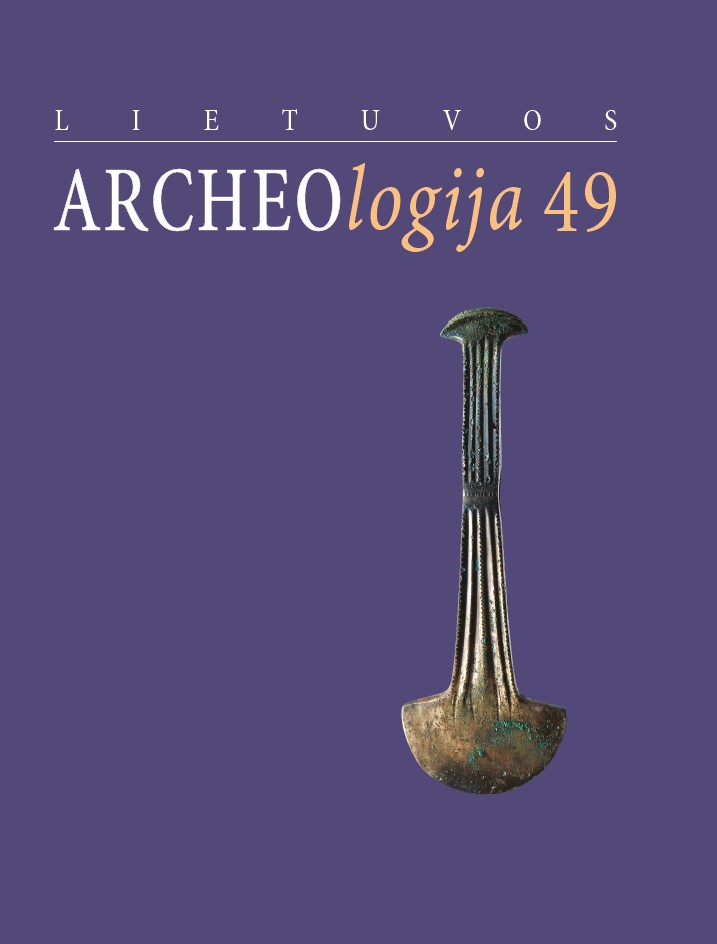Volume 49 (2023): Lietuvos archeologija, December 2023

Order by:
Pub. online: 30 Dec 2023
Type: Introduction
 Open Access
Open Access
Pub. online: 30 Dec 2023
Type: Introduction
 Open Access
Open Access
Pub. online: 30 Dec 2023
Type: Article
 Open Access
Open Access
Abstract
Pub. online: 30 Dec 2023
Type: Article
 Open Access
Open Access
Abstract
Pub. online: 30 Dec 2023
Type: Article
 Open Access
Open Access
Abstract
Pub. online: 30 Dec 2023
Type: Article
 Open Access
Open Access
Abstract
Pub. online: 30 Dec 2023
Type: Article
 Open Access
Open Access
Abstract
Pub. online: 30 Dec 2023
Type: Article
 Open Access
Open Access
Abstract
Pub. online: 30 Dec 2023
Type: Article
 Open Access
Open Access
Abstract
Pub. online: 30 Dec 2023
Type: Article
 Open Access
Open Access
Abstract